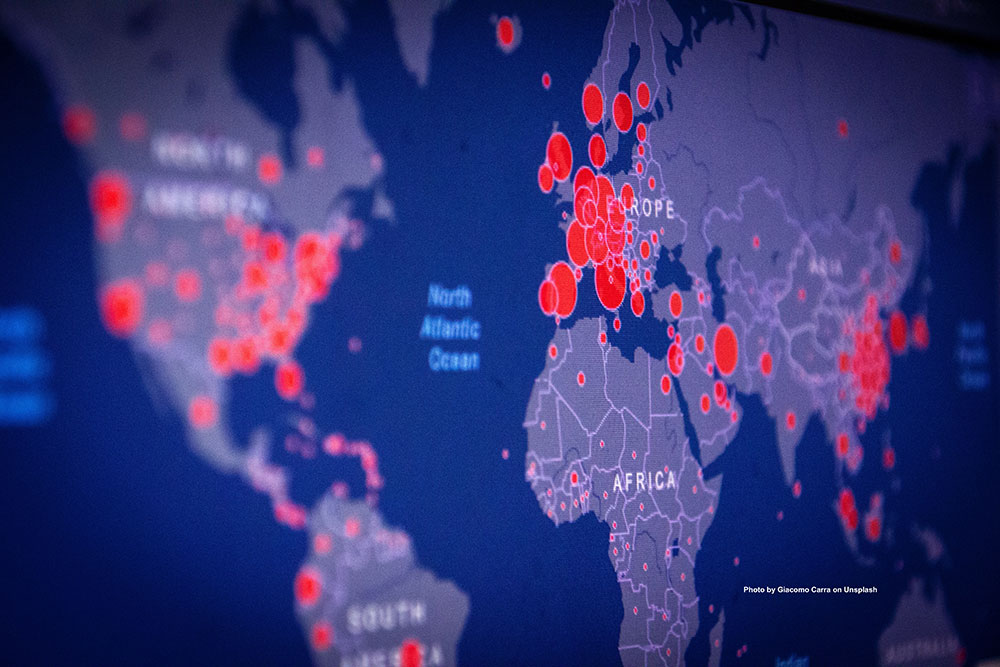The number of people fleeing wars, violence, and persecution rose to 82.4 million people in 2020, an increase of four percent since 2019. The COVID-19 pandemic did not slow the rate of refugee displacement, despite pleas from the international community for a global ceasefire. The result was one percent of the world’s population (1 in 95 people) is now forcibly displaced. A decade ago, the worldwide number of displaced people was 1 in 159.

According to UNHCR Global Trends 2020 report, these numbers include people displaced for the first time as well as people displaced repeatedly, both within and beyond countries’ borders. Crises in Ethiopia, Sudan, Mozambique, Yemen, Afghanistan, Columbia, Syria, Venezuela, and more have displaced 20.7 million refugees’ under UNHCR’s mandate by the end of 2020, which another 48 million people were internally displaced within their own countries. The COVID-19 pandemic affected the refugee population hard, who has faced increased food and economic insecurity and reduced health care access. At the height of the pandemic in 2020, over 160 countries had closed their borders, with 99 making no exception for people seeking protection. Per UNHCR data, poverty, food insecurity, climate change, conflict, and displacement are becoming more interconnected which is driving additional people to search for new homes.
The UN High Commissioner for Refugees, Filippo Grandi, is calling for world leaders to increase efforts to cooperate to halt and reverse the decade-long trend of increased displacement led by violence and persecution, saying “Behind each number is a person forced from their home and a story of displacement, dispossession and suffering. They merit our attention and support not just with humanitarian aid, but in finding solutions to their plight.”
